Have you ever seen the magic transformation that occurs when a child puts on a “cowboy” hat or a scarf becomes a superhero cape?
While it is lots of fun, playing dress up also helps a child’s development. Let’s take a look at why children do it, how they learn and how you can easily encourage this play at home or school.
What Does It Mean to Play Dress Up?
Dress-up play – a type of fantasy play – happens when a child dresses up with the intention of acting out a role or life situation through play.
Dress up clothing can include any clothing or props, whether large or child-sized, as long as the intention is to be someone or something else, for example, a grown up, a fireman, a lion, a mother, a baby or a teacher.
Children are limited only by their imagination in what they can pretend to be.
Why Do Children Play Dress Up?
During dress-up play, children are able to become what they cannot become yet (or ever – if they’re pretending to be a unicorn or a lion) in real life.
By putting on props or items of clothing that represent others, they are able to make some sense of their world by acting out the realities they see and experience around them.
Since children spontaneously engage in this type of play, often without prompting, it shows that they are naturally inclined to try and figure out people and roles, by turning into them for a while.
Dressing up during play provides solutions to problems that children might be trying to make sense of internally.
As they work through and process troubling situations – often by repeating the scenarios – the seriousness tends to be diluted, making them more manageable for children. [source]
Children also express positive emotions or curiosity about the future, even if unrealistic – such as when pretending to be a grown-up going to work or looking after a baby.
The Benefits of Playing Dress Up in Early Childhood
Children learn many things during dress-up play, as they do with all types of play, especially with regard to their emotional and social development.
These are just some of the reasons why dress-up is important:
Emotional Skills
During dress-up play, children imitate what they see around them and replicate it. They try to make sense of real-life situations as they expand their play in new directions and act out various scenarios.
This allows children to fully experience all emotions, even strong ones like fear or sorrow, by feeling them in a safe, non-threatening space.
Emotions can only be dealt with and accepted once they are expressed and felt. This makes this type of play crucial for progressing through the stages of emotional development.
Children pretend to be grown-ups arguing, a doctor dealing with a high-pressure situation, or a distressed baby who needs comforting. They might even take on a new gender.
If children are dealing with specific problems – such as being disciplined or the arrival of a new sibling – they can work through their own feelings about these issues.
As they try out all these roles, their sense of self-identity grows.
Here are more social-emotional activities to get your kids involved in.
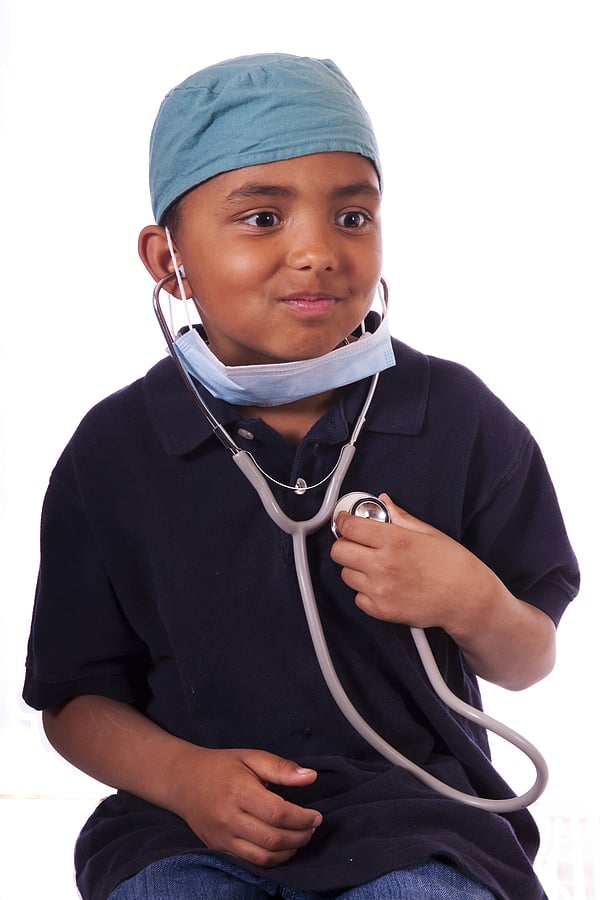
Social Skills
While children sometimes engage in dress-up play independently, they often play with others, making it a great way to develop their people skills.
This type of play develops high-level social skills, such as:
- Developing conversational skills, such as listening and maintaining eye contact.
- Learning to take turns and to share.
- Learning to work cooperatively towards a common goal.
- Negotiating with others as different roles are assigned and clothes and props are shared.
- Respecting the decisions and following the rules that were agreed upon by the group.
- Asserting their own views and persuading others to their opinions.
- Being tolerant of others’ needs and understanding things from their point of view.
Cognitive Skills
Although dress-up play has a significant positive impact on social and emotional skills, children are also building cognitive skills at the same time.
- As they role-play with others they are developing their vocabulary and expressive language.
- Learning to substitute items and use them as symbols to represent reality (such as using a scarf or sheet to make a cape) exercises the intellect.
- As children play out different roles in their “disguises,” they practise thinking skills, decision making and problem solving, among other skills.
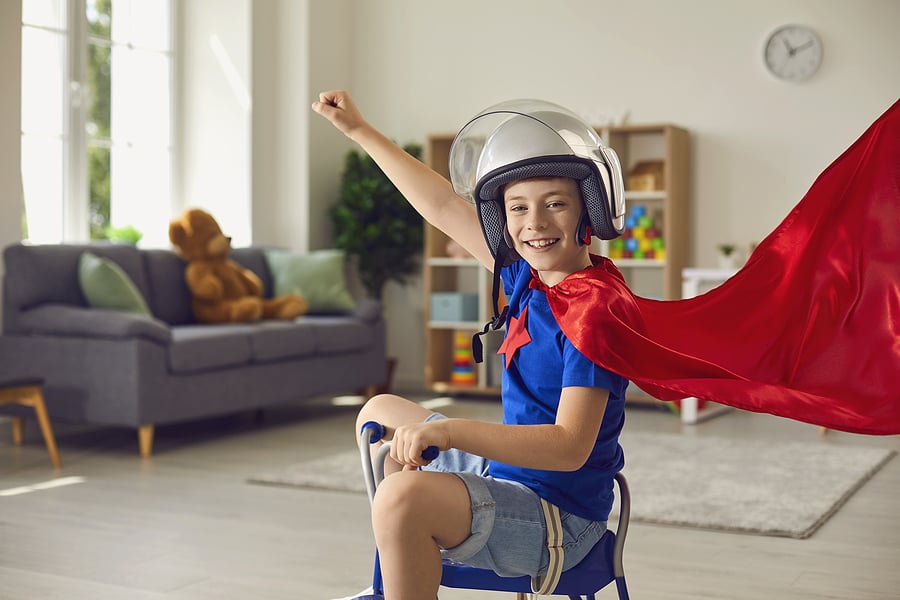
Props and Clothes for Dress-Up Play
While it’s fine to use shop-bought costume clothes, it’s not really necessary – the greatest learning often happens when children use their creativity to repurpose props and clothes.
Here are just a few examples of clothes to offer:
- Scarves
- Hats
- Gloves
- Clothing items – jackets, pants, dresses (for adults and kids)
- Ties
- Shoes of all kinds
- Leggings, socks, etc.
- Big pieces of fabric
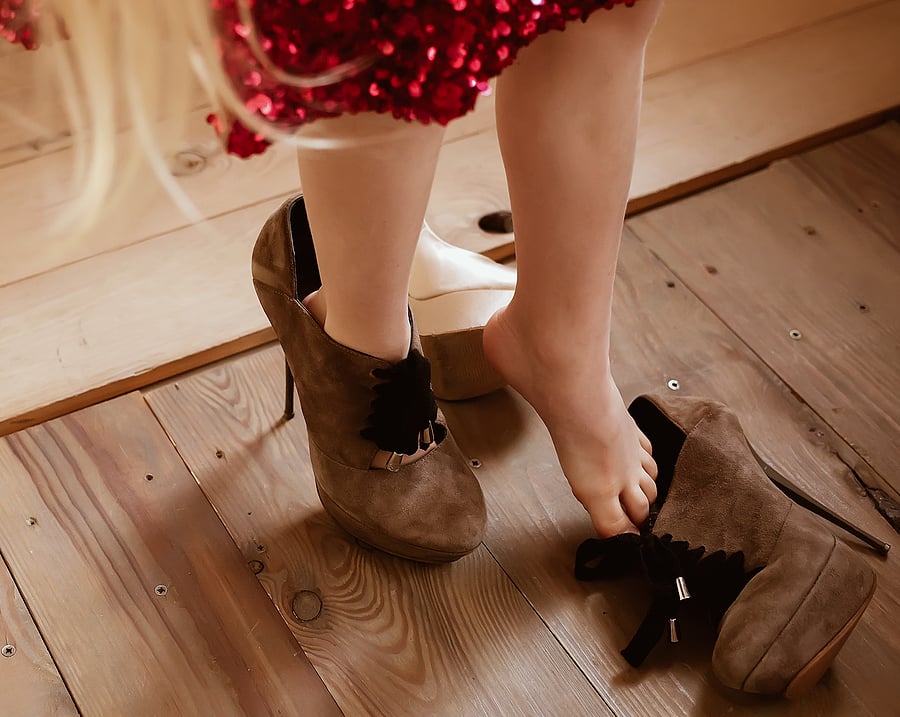
Here are some extra props to offer:
- Handbags
- Masks
- Clipboards with paper
- Jewellery
- Telephones
- Tools – a thermometer, a wand, a magic broom, etc.
- Headbands with ears or horns (unicorn or rhino)
- Theme-specific props – a hosepipe for a fireman, an iron for someone pretending to do housework
Some of these can be found in thrift stores or party shops and many can be made. However, offering your own adult clothes can sometimes be the most fun and provide many opportunities to improvise.
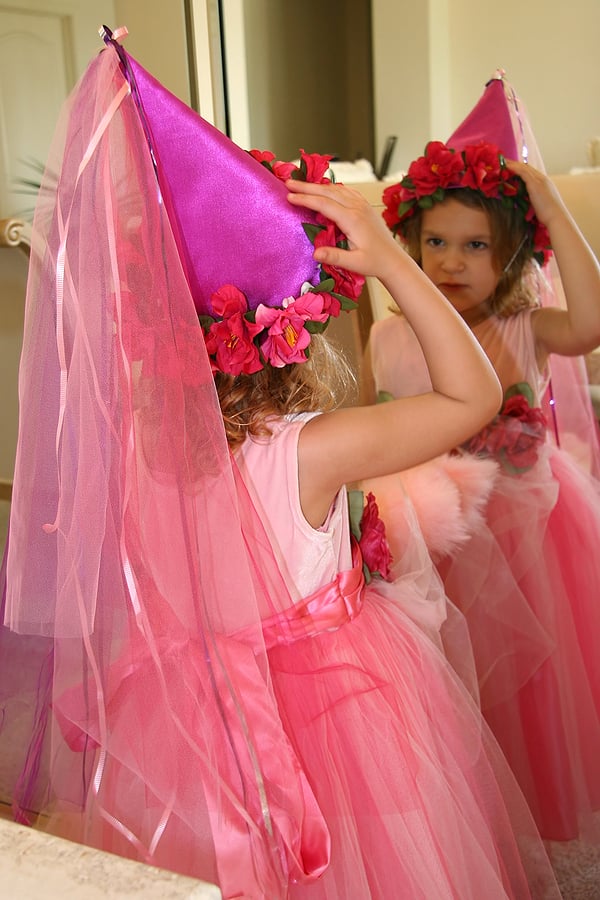
How to Encourage Dress-Up Play
Children will often stumble upon this play independently, but there are small things you can do to encourage it:
- Provide a basket or area specifically for dress-up clothes and props. Keep them easily accessible at all times.
- Change the items regularly to avoid boredom and keep it fun and challenging.
- Take children on outings and let them experience different situations, such as going to the dentist for a check-up.
- Cut some of the adult clothing to size so children can move in them without tripping or being too uncomfortable.
- Provide clothing for all genders.
- Try including multicultural clothing.
- Help your children when necessary but don’t dominate or try to guide the play. Let their imaginations run wild.
- Make the play area visually appealing, or try to arrange the items unusually, to stimulate curiosity and encourage play.
These are just a few tips for making dress-up play a routine part of your children’s play. Here are more fun role play ideas for kids.
The importance of play during the early years cannot be overstated. It’s a special time of learning and exploring and children should be free to play, in an environment that supports learning.
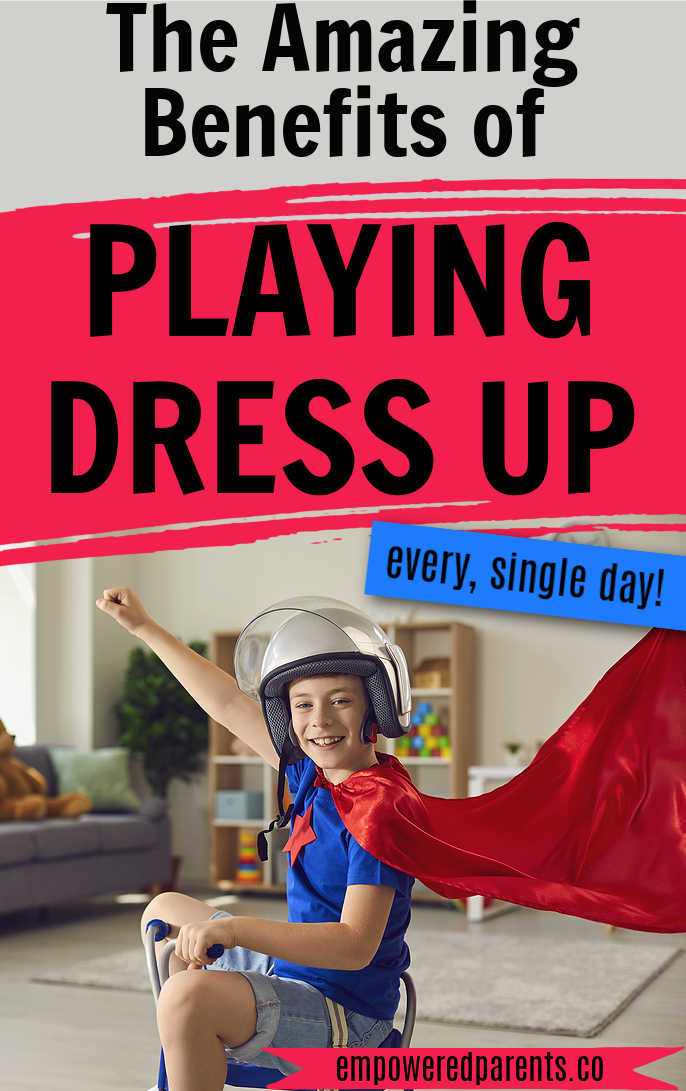
Source:
“Total Learning: Developmental Curriculum for the Young Child”, written by Joanne Hendrick.
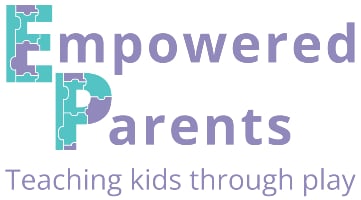
Rebecca Meck
Friday 31st of March 2023
Amazing and awesome
Tanja Mcilroy
Thursday 13th of April 2023
Thanks, Rebecca!